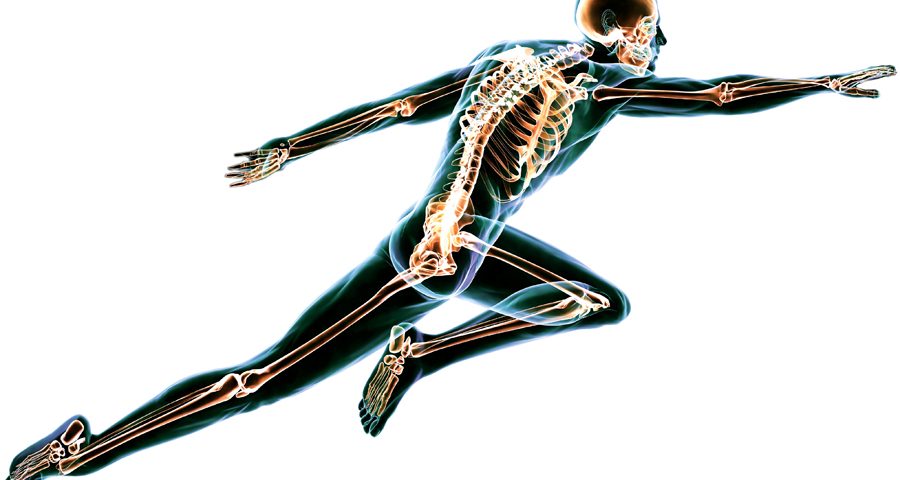- Have any questions?
- +91 9820 418 228
- [email protected]
How To Maintain Bone Health and Stay Fit for Life

ACL Reconstruction: Choices are Age-Dependent
July 4, 2019
Golden Knee Replacement – All You Need To Know
July 19, 2019It is the weight-bearing exercises that produce the pressure required for stimulating bone growth. In this post, the changes taking place within your musculoskeletal system as you age is discussed in detail.
What happens when you grow older?
As you age, the muscular and nervous systems change and reduce the ability of your body to activate your muscles. Various research studies have shown that it is possible to slow down this process considerably by involving in more physical activity and exercise.
Muscle strength and bone density
There is a direct relationship between inactivity and bone density. Increasing pressure helps stimulate bone growth. On the other hand, a lack of pressure results in decreasing bone growth. Weight-bearing activities such as walking make your muscles work against the force of gravity and provide the required pressure for stimulating bone growth. This means that your bone density will reduce in the absence of muscular pressure on bones and weight-bearing stimuli.
As grow older, the changes that take place in your body are:
- 18 to 24 years – Peak bone density and strength
- 25 to 35 years – Maximum muscle strength
- 30 years – Arm strength starts declining steadily
- 35 years – You start losing half a pound of muscle and gaining one and a half pounds fat each year
- 40 to 50 years – Bone mineral density declines
- 60 to 70 years – Strength reduces by 20 to 40 percent
Aging and musculoskeletal changes
- Natural or biological causes
They include a decline in muscle fiber numbers and size and loss of efficiency of the cardiovascular system over time. Nothing can be done about these causes. - Functional causes
As you grow older, your activity also decreases. This leads to a decline in flexibility and strength. If you remain active, you can slow down this process.
Exercises you can do, if you have the following medical conditions
Osteoarthritis: You can involve in walking, biking, swimming, and stretching exercises. Activities that exert excessive pressure on your joints such as running, aerobic workouts, and competitive sports should be avoided.
Lower back pain: Recommended exercises include stretching and activities such as walking, biking, swimming, and strength training.
Osteoporosis: If you have been diagnosed with osteoporosis, the recommended activities are walking, biking, stair climbing, hiking, dancing, treadmill, and racquet sports. These are all weight-bearing activities.
Total joint replacement: You can involve in activities that do not exert pressure on the joint. Therefore, you can swim, bike, and play doubles tennis or golf.
Osteoporosis: This condition leads to a decline in your bone mass to a level below the normal range prescribed for adults. The bone’s chemical composition does not change, but the mass declines.
Causes
- Hormonal changes caused by menopause (estrogen protects bones, but its levels decline after menopause)
- Nutritional deficiencies (not limited dietary calcium alone)
- A reduction in physical activity, immobilization, etc.
Increased physical activity helps to increase bone mass. You just have to identify a program that suits you the best and stick with it. You will stay fit for life.
Bone & Joints 360
If you live in Mumbai and looking for the best orthopedic hospital in Mumbai to find out how you can improve your bone health, you don’t have to look beyond Bone & Joints 360. It is by far the best orthopedics & joint replacement hospital in Mumbai. Book an appointment to discuss your bone health with our expert advisors.

